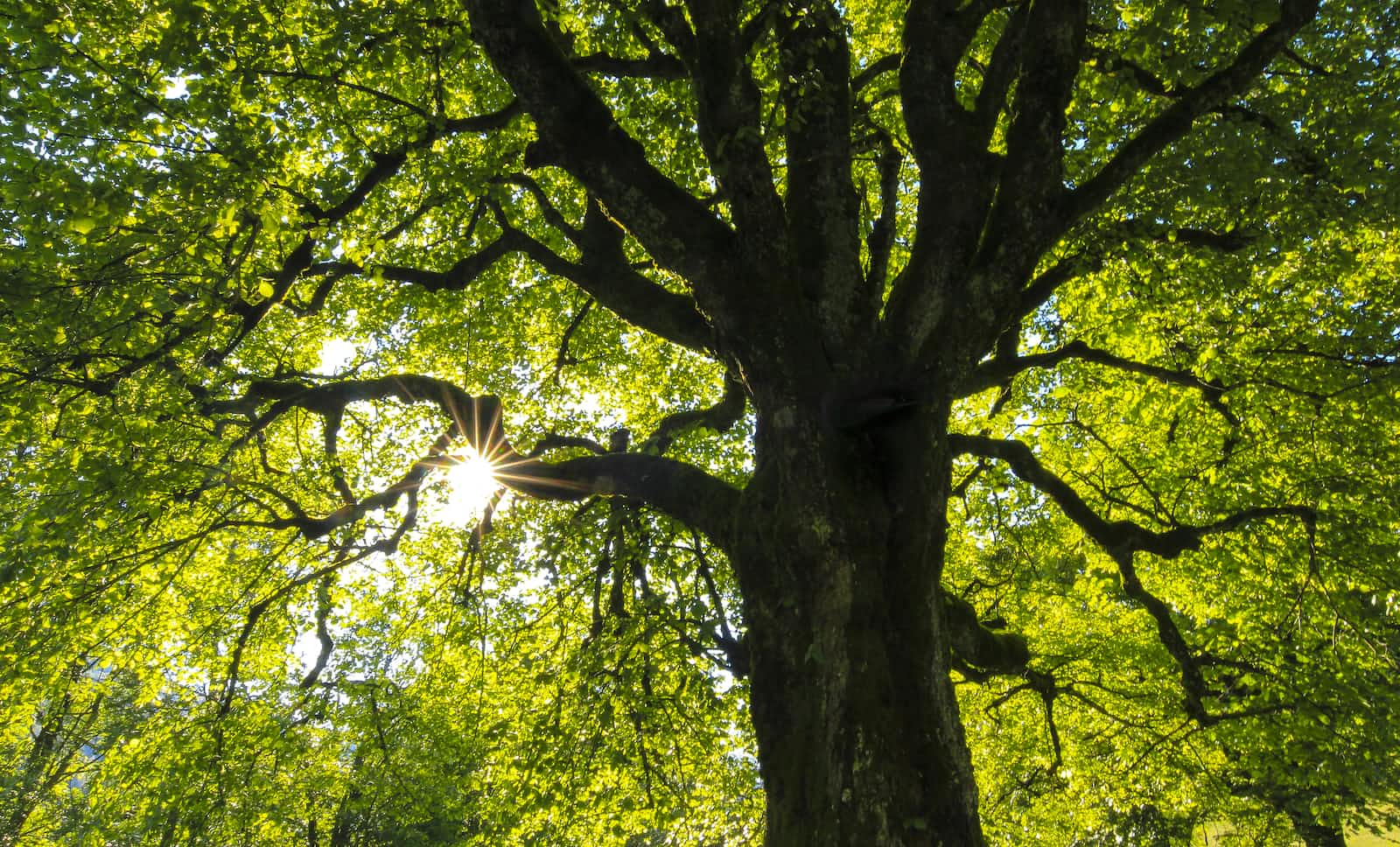A Theoretical Guide To Trees - Part 1
 Kelyn Njeri
Kelyn Njeri
Introduction
Trees are fundamental data structures used in computer science and software engineering to represent hierarchical relationships between objects. This comprehensive guide aims to provide a practical understanding of trees, their essential concepts, and demonstrate their implementation in Python and Go programming languages. Whether you're a beginner or an experienced developer, this guide will equip you with the knowledge and code examples needed to work effectively with trees.
Overview
What are Trees?
A tree is a widely used data structure consisting of nodes connected by edges. It represents a hierarchical structure, where each node (except the root) has a parent node and can have zero or more child nodes.
Tree Terminology
Root: The topmost node of a tree.
Parent: A node that has child nodes.
Child: A node directly connected to another node when moving away from the root.
Siblings: Nodes with the same parent.
Leaf: A node with no children.
Edge: The connection between two nodes.
Height: The number of edges on the longest path from the root to a leaf.
Depth: The number of edges from a node to the root.
Subtree: A tree formed by a node and its descendants.
Types Of Trees
Binary Trees
A binary tree is a tree where each node can have at most two children: a left child and a right child.
Binary Search Trees (BST)
A binary search tree is a binary tree with additional constraints. For any node, all values in its left subtree are less than its value, and all values in its right subtree are greater than its value. This property allows efficient searching, insertion, and deletion operations.
AVL Trees
An AVL tree is a self-balancing binary search tree where the heights of the left and right subtrees of any node differ by at most one. This balancing ensures efficient search and insertion while maintaining a balanced structure.
B-Trees
B-Trees are balanced search trees designed to handle large amounts of data efficiently. They are commonly used in file systems and databases, supporting efficient search, insertion, and deletion operations.
Red-Black Trees
Red-black trees are another self-balancing binary search tree. Each node is assigned a color, either red or black, and follows specific rules to maintain balance during insertion and deletion.
Subscribe to my newsletter
Read articles from Kelyn Njeri directly inside your inbox. Subscribe to the newsletter, and don't miss out.
Written by

Kelyn Njeri
Kelyn Njeri
Senior Software Engineer with a knack for Python, Golang, TypeScript, and Elixir. I am also a bit of a Rust enthusiast. I am excited by all things scalability and microservices. Join me on this journey to becoming a unicorn 10x Engineer.